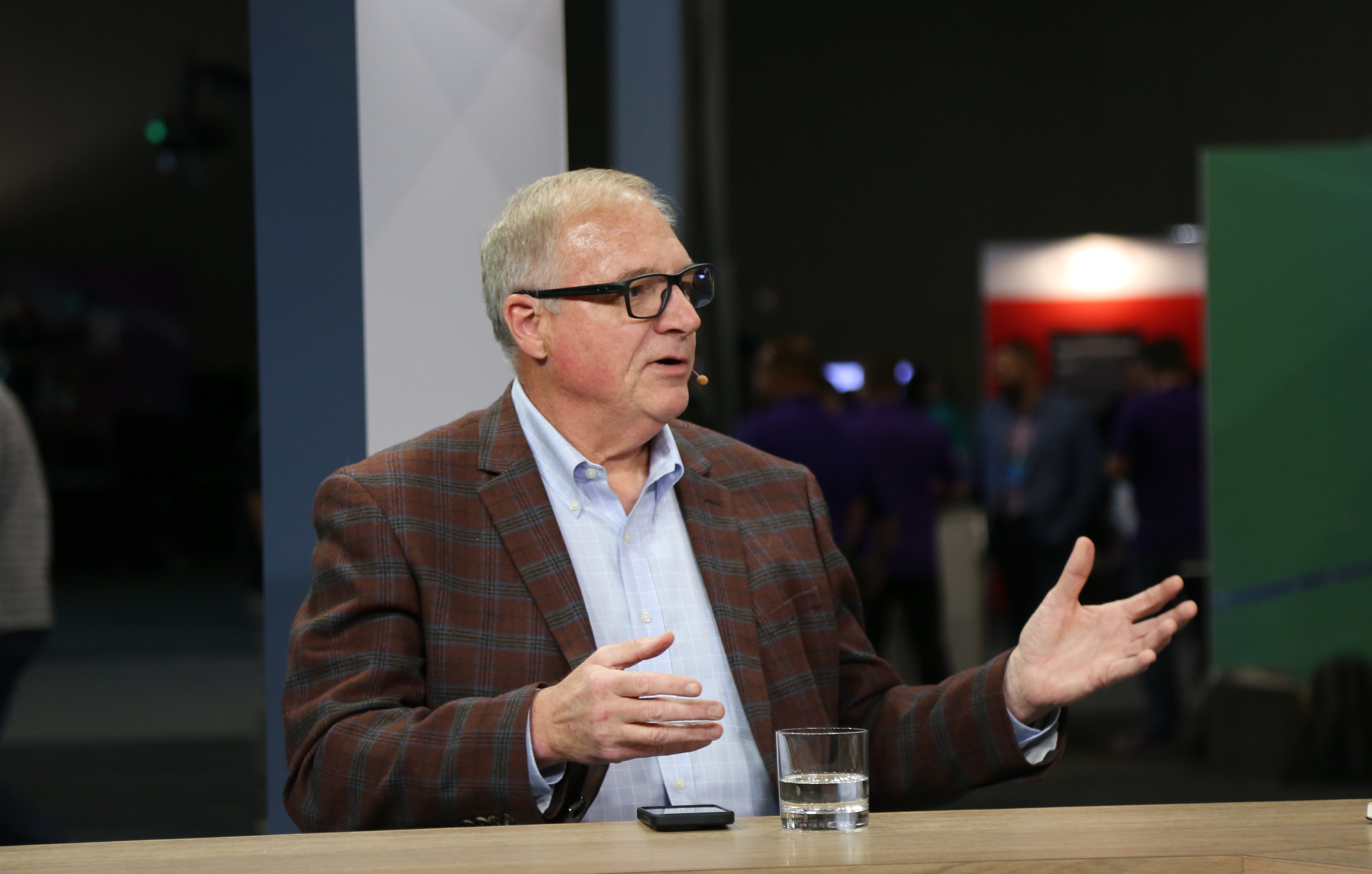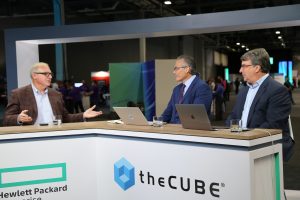 AI
AI
 AI
AI
 AI
AI
Cloud repatriation is becoming a key focus as businesses reevaluate their cloud strategies in light of advancements in artificial intelligence.
This shift is not just about moving to the cloud, but about integrating a mix of hardware platforms within the cloud. Enterprises may have oversold cloud utilization over the past decade, according to David Linthicum (pictured), principal analyst at theCUBE Research. Now, as companies seek better cost-efficiency and scalability, they are considering a more heterogeneous architecture to achieve the promised benefits of the cloud.

David Linthicum, Dave Vellante and John Furrier of theCUBE discuss cloud repatriation at HPE Discover.
“Who would’ve thought that? Well, it was the fact that we were looking for scalability, cost efficiency, all the things that cloud is able to do,” Linthicum said. “Cloud is able to deliver on some of that, but where they weren’t able to deliver on, [was] cost-effectiveness. What happened over the last 15 years that we’ve been migrating stuff into the cloud, we’re not getting the value that’s coming back into the enterprise from utilization of these cloud resources.”
Linthicum was joined by theCUBE Research’s Dave Vellante and John Furrier at HPE Discover, during an exclusive broadcast at HPE Discover on theCUBE, SiliconANGLE Media’s livestreaming studio. They discussed cloud repatriation and the evolving role of AI in cloud environments. (* Disclosure below.)
During the COVID-19 pandemic, enterprises were sent racing to the cloud. But that led to a reckoning moment when the bills came due, according to Linthicum.
“You can’t just turn it off … but what happened was that no one modernized the systems that were moved. They just lifted and shifted them,” he said. “Cloud actually is very good at this, at providing good platform analogs for LAMP stacks and even AI-based platforms. We’re able to pick it up and push it over to the cloud and have it run in that environment.”
The problem is that operational inefficiency costs money, Linthicum noted. Cloud repatriation was subsequently taking place for a few years.
“No one was talking about it, because repatriation is kind of code for, ‘We screwed up.’ Oopsie daisy, hit the reset button. But it got enough momentum,” he said. “We’re putting some emphasis behind it, some intelligence, some methodologies, frameworks, how to make this stuff happen. So it’s really right-sizing or normalizing of the application workloads.”
Amazon.com Inc. CEO Andy Jassy, meanwhile, has said that cost optimization has attenuated. That begs the question: is that happening because people are spending more and not optimizing or because they’re moving back on-prem?
“I think they’re moving back on-prem. And when he’s looking at why they’re doing it, he would argue that you did not optimize your applications for the cloud, which means leveraging cloud-native features, things like that,” Linthicum said. “That’s tremendously expensive, to do that.”
That involves hiring consulting companies, service firms and very expensive talent to modernize applications and move them to container-based and serverless-based systems, Linthicum noted. Most organizations did not do that.
“Very few applications were modernized for the cloud. The way that the cloud providers fought back against it, is they say, ‘Well, you guys haven’t optimized in the cloud,’” Linthicum said. “We heard the ‘O’ word at the last re:Invent. The reality is, the ‘O’ word is just them admitting to the fact that you’re going to have to change a significant amount of your application in order for the thing to run on the cloud at a rate and an operational spend rate that would be reasonable.”
Here’s the complete video interview, part of SiliconANGLE’s and theCUBE Research’s coverage of HPE Discover:
(* Disclosure: TheCUBE is a paid media partner for HPE Discover. Neither Hewlett Packard Enterprise Co. and Intel Corp., the primary sponsors of theCUBE’s event coverage, nor other sponsors have editorial control over content on theCUBE or SiliconANGLE.)
THANK YOU